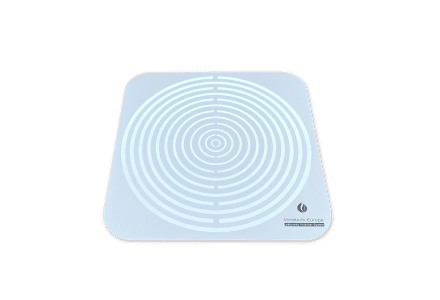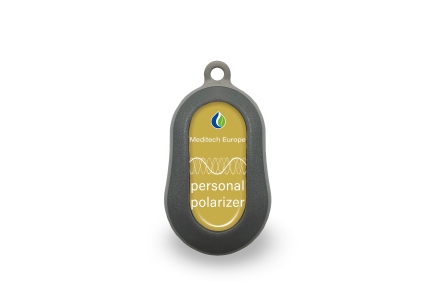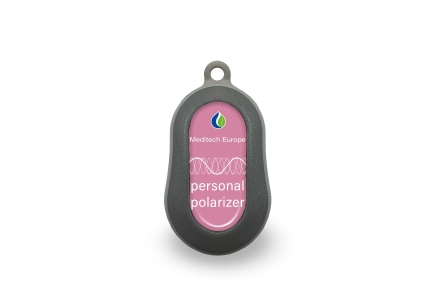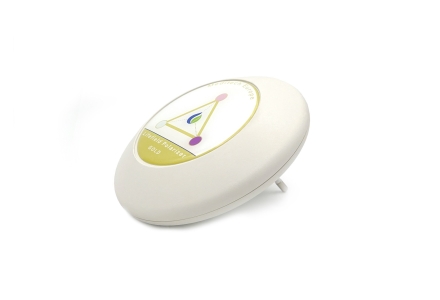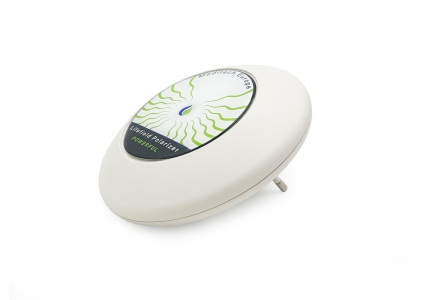
In our quest to deal with stress, there are approaches that can assist us. One of these approaches is mindfulness, a practice that is becoming increasingly popular in the West. Mindfulness is a good way to slow down and pay attention to the "now," in this society where the pace continues to accelerate. In this comprehensive blog, we delve deeper into the world of mindfulness, what it is, its origins, and its purpose. We also outline some steps you can take to begin and provide a few exercises. Additionally, we introduce you to Meditech Europe, which offers advice and support in the field of mindfulness. Let's get started.
What is Mindfulness
Mindfulness is a mental practice in which one focuses attention on the present moment while acknowledging and accepting thoughts, feelings, bodily sensations, and the environment without judgment. It is often developed through various techniques such as meditation, breathing exercises, and being mindful during daily activities.
At the core of mindfulness is being fully present in the here and now, rather than dwelling on the past or worrying about the future. By practicing mindfulness, people can develop greater clarity, emotional resilience, and a deeper understanding of themselves and their experiences. It can also help reduce stress, anxiety, and negative thought patterns, thereby promoting overall well-being and mental health.
What is the Origin of Mindfulness
The origin of mindfulness lies in ancient Eastern spiritual traditions, particularly Buddhism. The term "mindfulness" is a translation of the Pali word "sati" and the Sanskrit word "smriti," both of which refer to awareness of the present moment.
The concept of mindfulness is extensively discussed in Buddhist texts, particularly in the satipatthana-sutta and the anapanasati-sutta, which describe various meditation techniques aimed at developing awareness and attention.
Although mindfulness is deeply rooted in Buddhism, it has evolved and spread beyond the religious context over time. Modern applications of mindfulness are often secularized and adapted for use in various contexts such as healthcare, psychology, education, and business.
A key figure who contributed to the popularization of mindfulness in the West is Jon Kabat-Zinn, an American molecular biologist who developed the Mindfulness-Based Stress Reduction (MBSR) program in the 1970s. This program integrates mindfulness meditation and yoga with Western psychological principles and is used worldwide as an effective approach to stress reduction and promoting well-being.
What is the Purpose of Mindfulness
The purpose of mindfulness is twofold and encompasses both mental and emotional aspects:
Increased awareness and attention: The primary goal of mindfulness is to increase awareness and attention to the present moment. By being more conscious of our thoughts, feelings, bodily sensations, and environment, we can gain more insight into ourselves and our experiences. This heightened awareness enables us to respond better to situations rather than reacting automatically from habit patterns or emotional responses.
Emotional regulation and well-being: Another important goal of mindfulness is to promote emotional regulation and well-being. By practicing mindfulness, people learn to look at their thoughts and emotions with more acceptance and non-judgmental attitude. This can help reduce stress, anxiety, depression, and other negative emotions. By being consciously present in the moment, people can also derive more enjoyment from the positive experiences in their lives and develop a deeper sense of satisfaction and well-being. Overall, the goal of mindfulness is to cultivate a state of awareness, acceptance, and well-being that helps us experience more fulfillment and joy in our daily lives, even amidst challenges and difficulties.
Some Steps You Can Take to Start with Mindfulness
If you want to begin practicing mindfulness, here are some steps you can follow:
Educate yourself: Learn more about what mindfulness is and how it can be practiced. There are plenty of books, online courses, and resources available to help you gain a better understanding of mindfulness and how it can be integrated into your life.
Choose a method: There are various ways to practice mindfulness, such as sitting meditation, breathing exercises, body awareness (e.g., body scan), mindful movement such as yoga or tai chi, and walking with awareness. Choose a method that suits you and that you feel comfortable with.
Start with small steps: You don't have to immediately engage in long meditation sessions. Start with a few minutes a day and gradually build up your practice. Consistency is key.
Find a quiet place: Find a quiet place where you won't be disturbed during your mindfulness exercises. This could be a quiet room in your home or a peaceful spot in nature.
Be patient and kind to yourself: Mindfulness is a skill that takes time and practice to develop. Don't expect perfection right away and be kind and patient with yourself during the process.
Integrate mindfulness into your daily life: Try to practice mindfulness not only during your meditation sessions but also throughout the day. This may involve consciously eating, walking, or performing your daily tasks.
Consider guidance: If you find it challenging to start on your own, consider joining a mindfulness course or attending guided meditation sessions. An instructor can help you learn the basics and support you in your practice.
Some Exercises to Start with "Now"
Below are some simple mindfulness exercises you can try right away:
Breathing exercise:
- Sit or lie down comfortably and gently close your eyes.
- Bring your attention to your breath. Feel how your breath flows in and out of your nose, and how your belly rises and falls with each inhalation and exhalation (inhalation belly forward, exhalation belly backward).
- Count your breaths from one to five and then start over at one. Count each time you complete a full breath.
- If you notice your thoughts wandering, gently bring your attention back to your breath without judging yourself.
Sensory walk:
- Go outside for a short walk, preferably in a quiet environment such as a park or by the water.
- Bring your attention to your senses as you walk. Notice what you see, hear, smell, and feel as you move.
- Try to fully concentrate on your surroundings and the sensations you experience, without being distracted by thoughts about the past or future.
- Regularly bring your attention back to your breath if you notice your thoughts wandering.
These exercises can be a good starting point for developing mindfulness. Try each exercise for a few minutes and be patient with yourself as you learn to focus your attention and stay in the moment. You can combine this with a mindful attitude towards life, where you consciously and attentively perform your daily tasks. Which Products Can Support Mindfulness Products that promote harmony and balance in your living environment can contribute to mindfulness and a mindful way of life. Meditech Europe offers many options for this on its website. These include:
- Polarizer Plates
- Personal Polarizers
- Life Field Polarizers
- Lakhovsky Polarizer Systems
- Multiwave Oscillator
Conclusion
Mindfulness is the conscious focus on the present moment, observing thoughts, emotions, and bodily sensations without judgment or reaction. Through mindfulness, overall well-being and mental health can be promoted. In the application of mindfulness, many products from Meditech Europe, which contribute to the harmony and balance of your living environment, can be supportive. Meditech Europe is ready to advise you on these products and on mindfulness. For more information and inquiries, please contact us at info@meditecheurope.nl or +31527 292 331.
FAQ
What is the difference between mindfulness and meditation?
Mindfulness and meditation are two terms that are often confused. While they are similar in many ways, there are differences. In short, mindfulness encompasses the philosophy while meditation is one of the ways to put the principles of this philosophy into practice.
What is the purpose of mindfulness?
The purpose of mindfulness is to increase awareness, acceptance, and well-being by focusing on the present moment without judgment.
How does mindfulness help with stress?
Mindfulness helps with stress by teaching people to consciously respond to stressful situations, enabling them to better cope with stressors.
